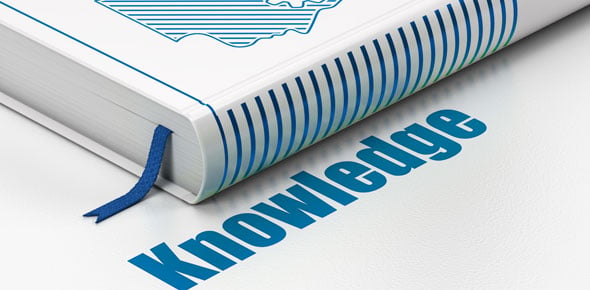Ma/Cmas General Knowledge Patient Education
- HIPAA
- JCAHO
- CMAS
2.
You may optionally provide this to label your report, leaderboard, or certificate.
×
Thank you for your feedback!

















